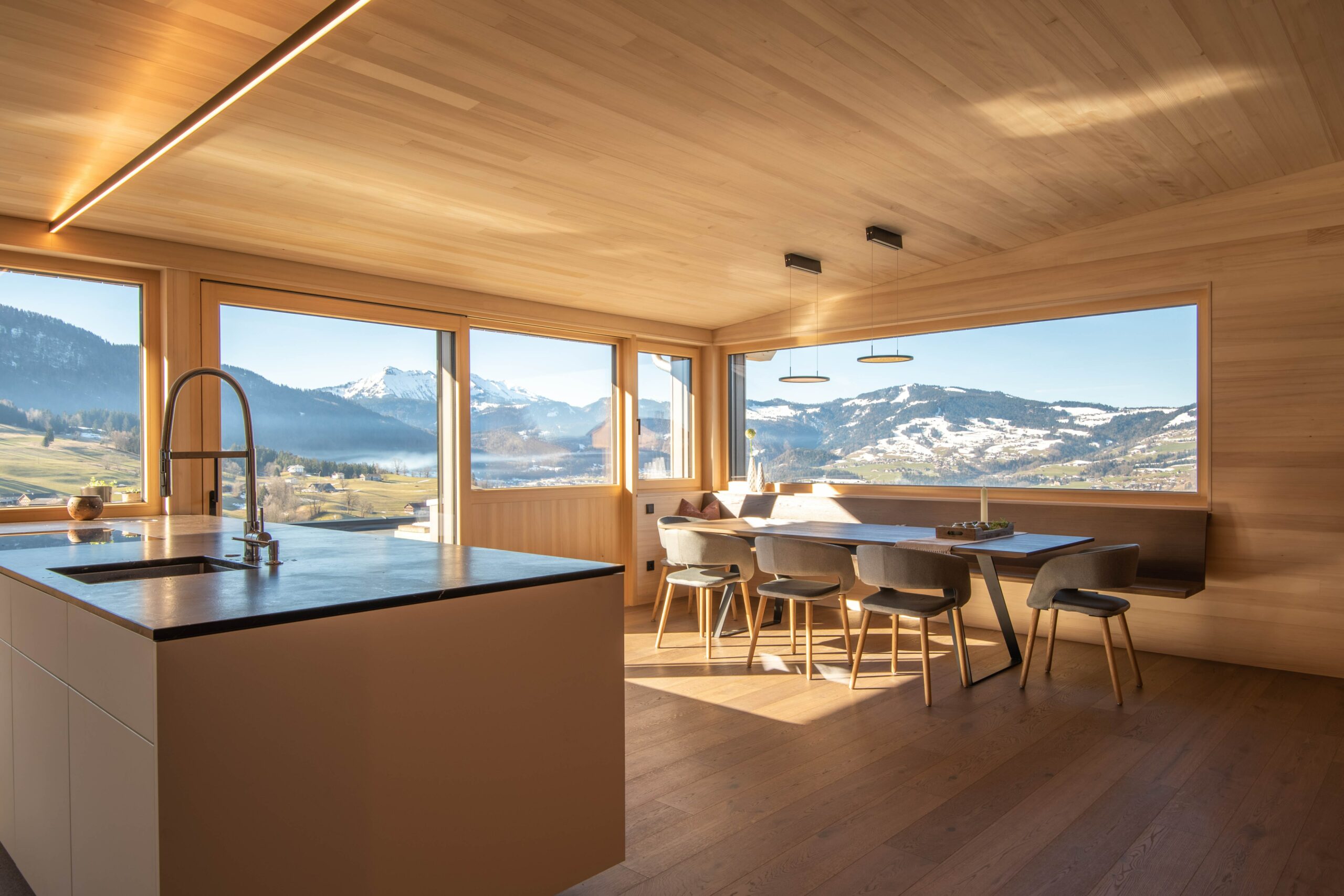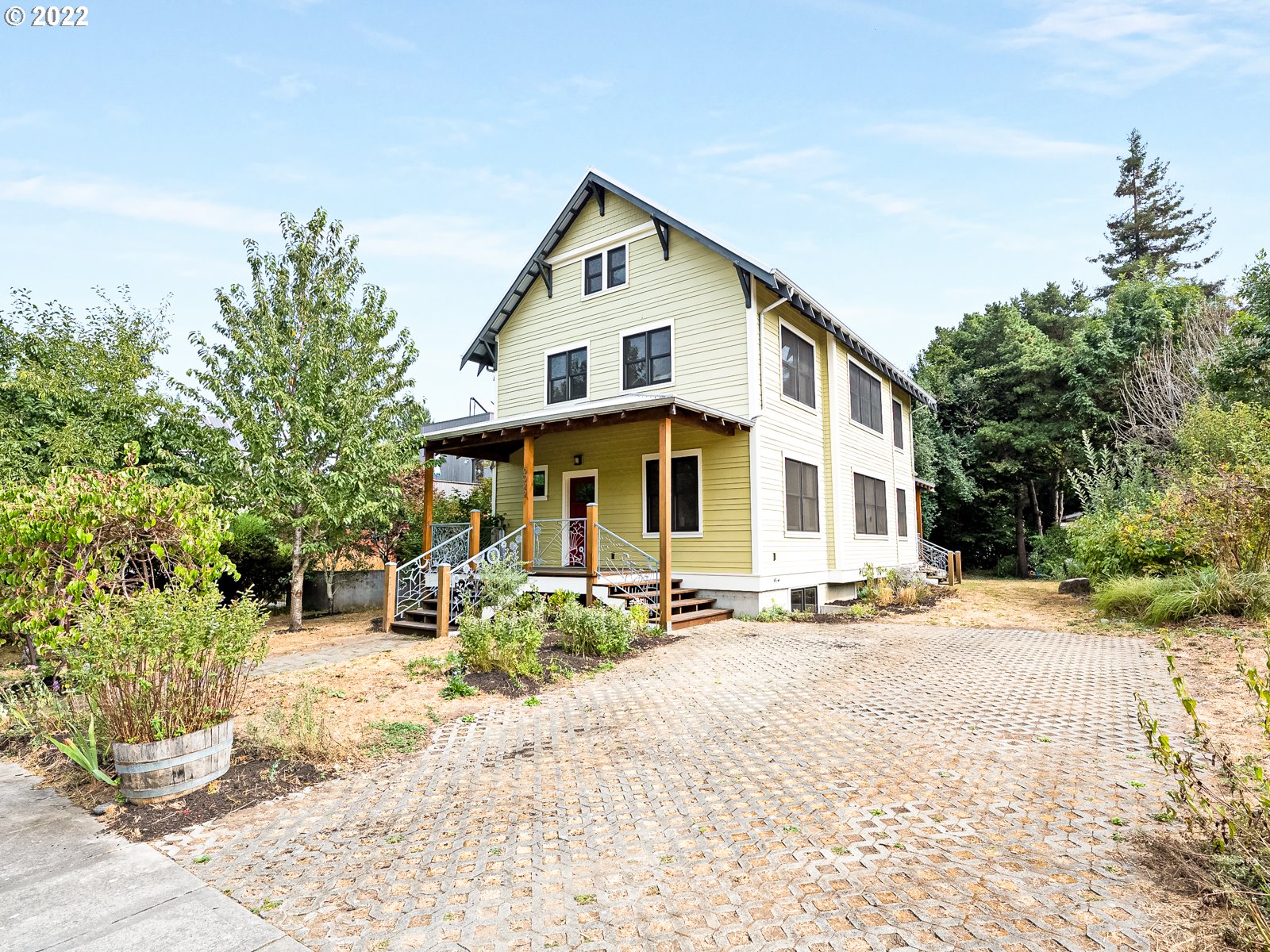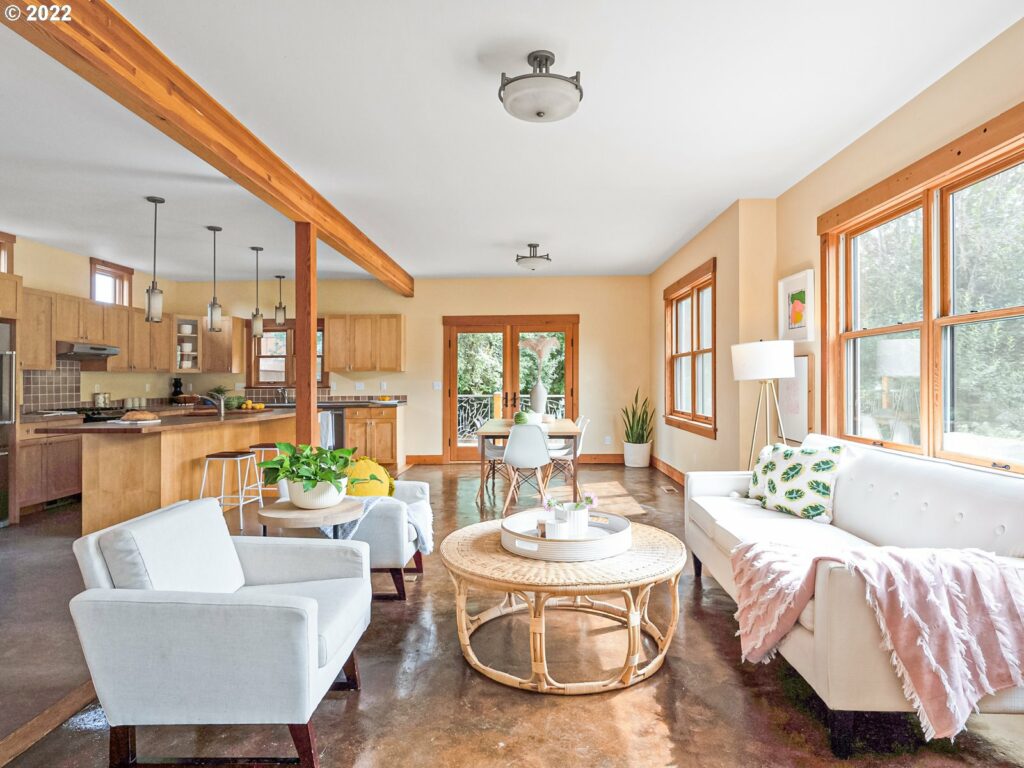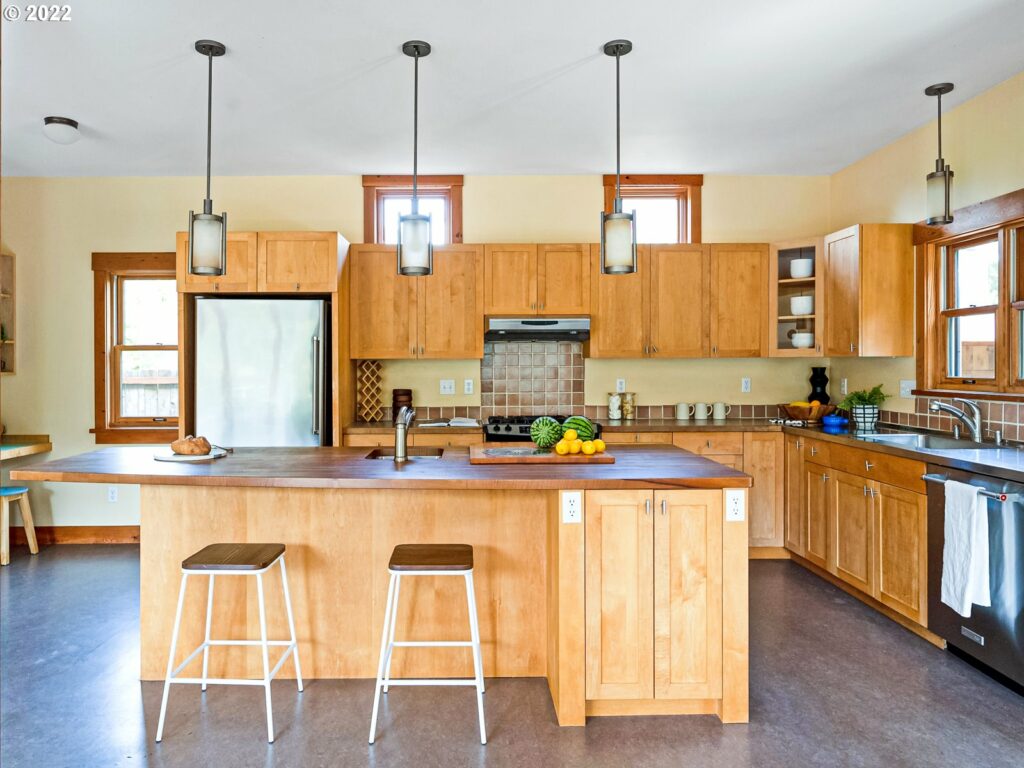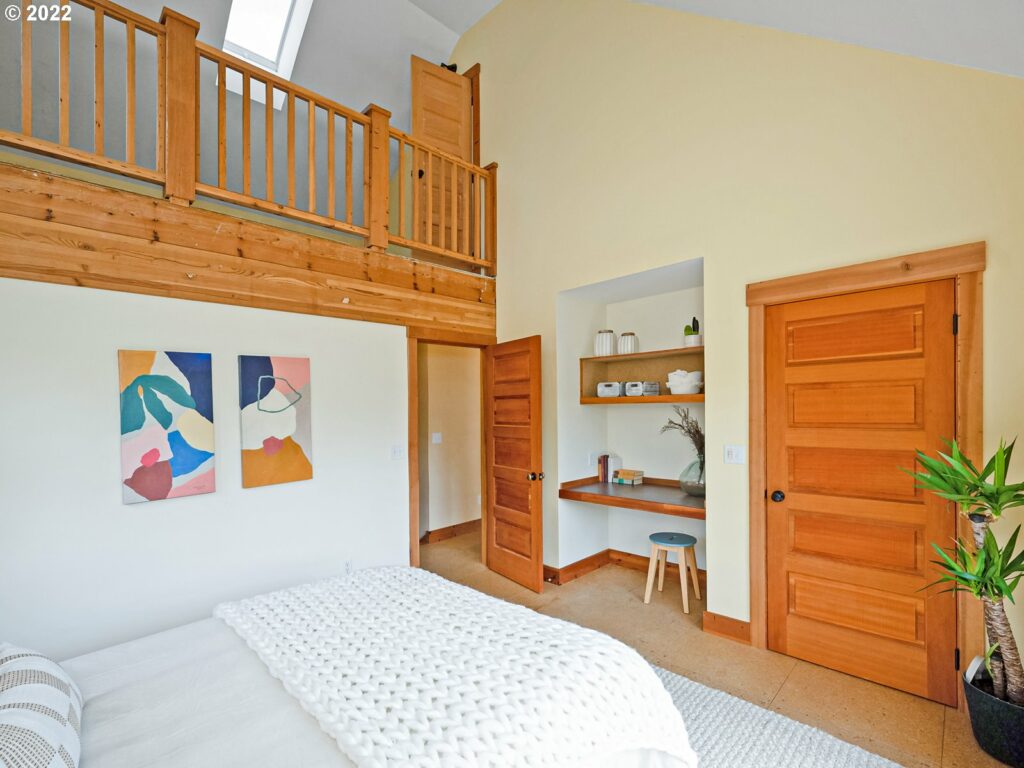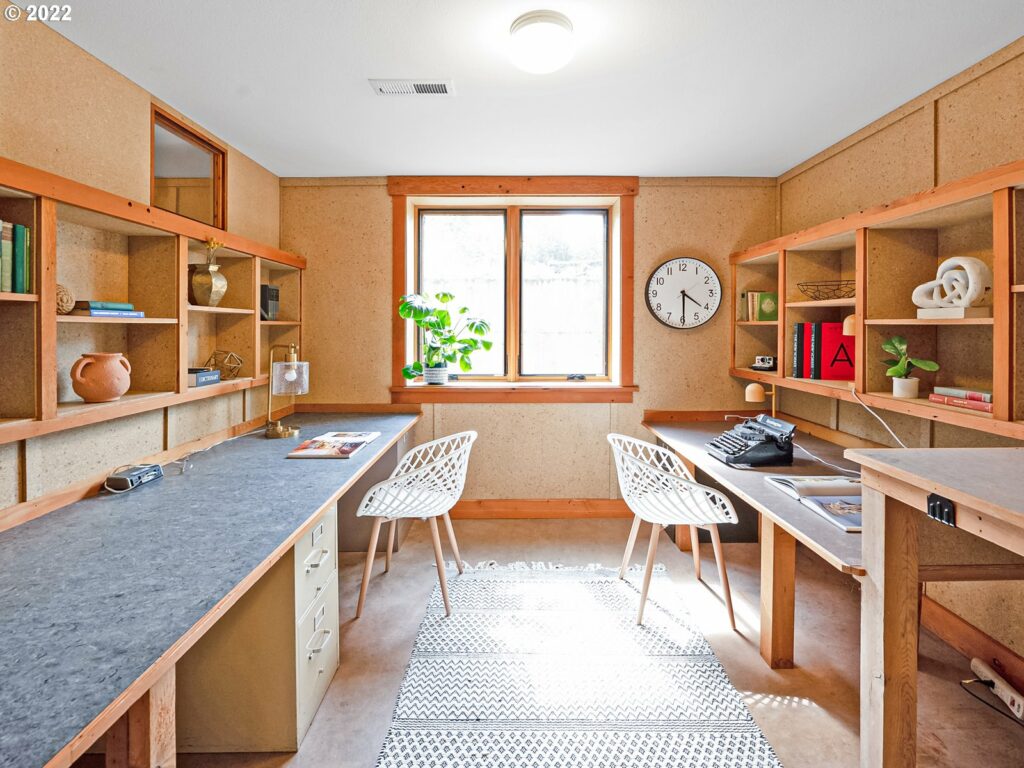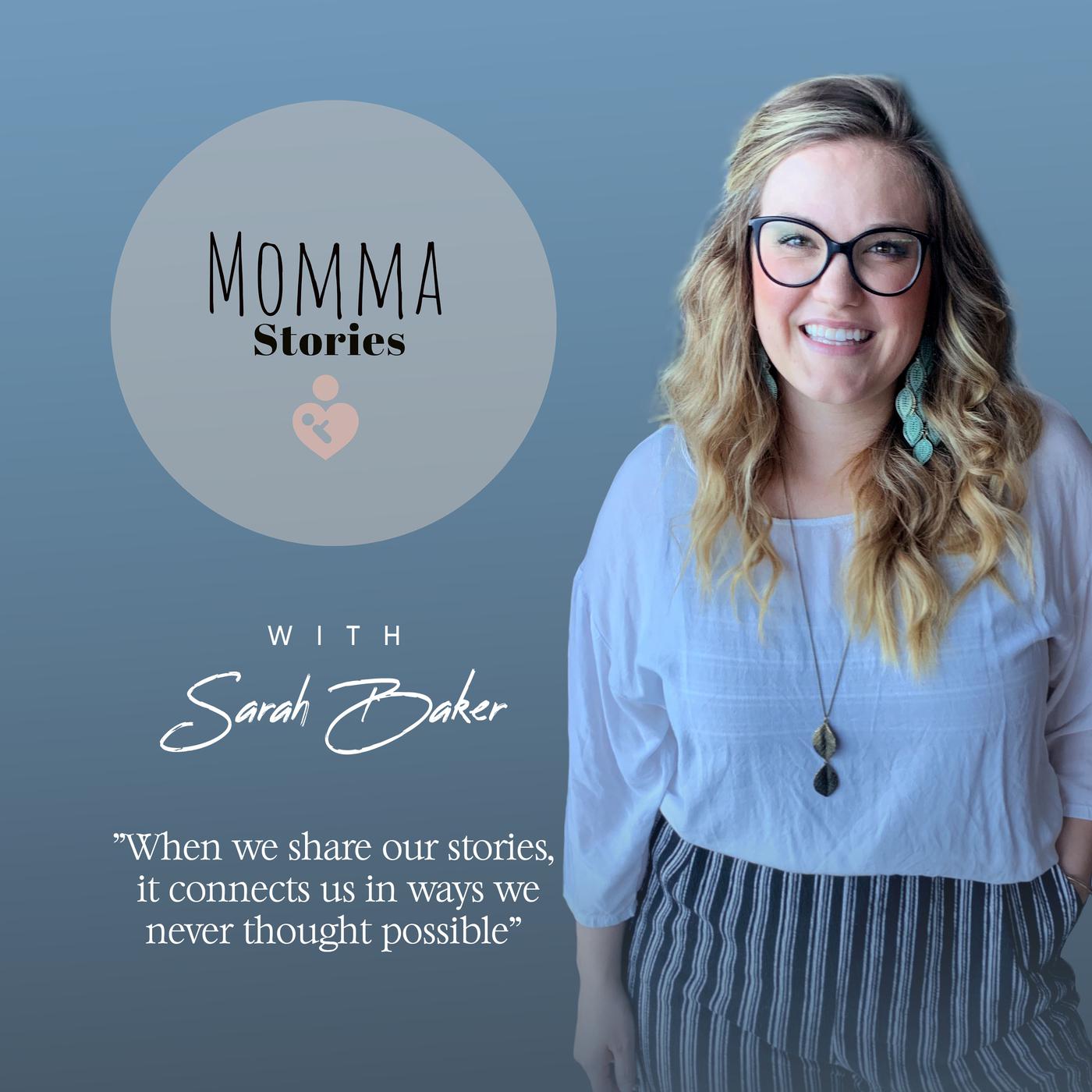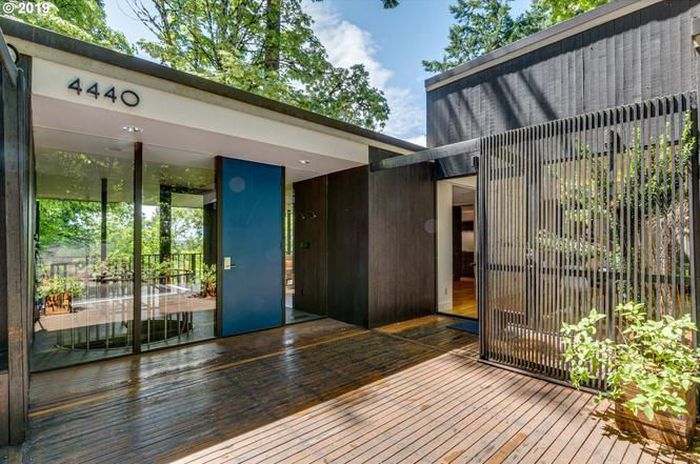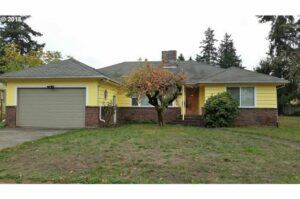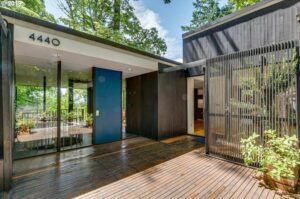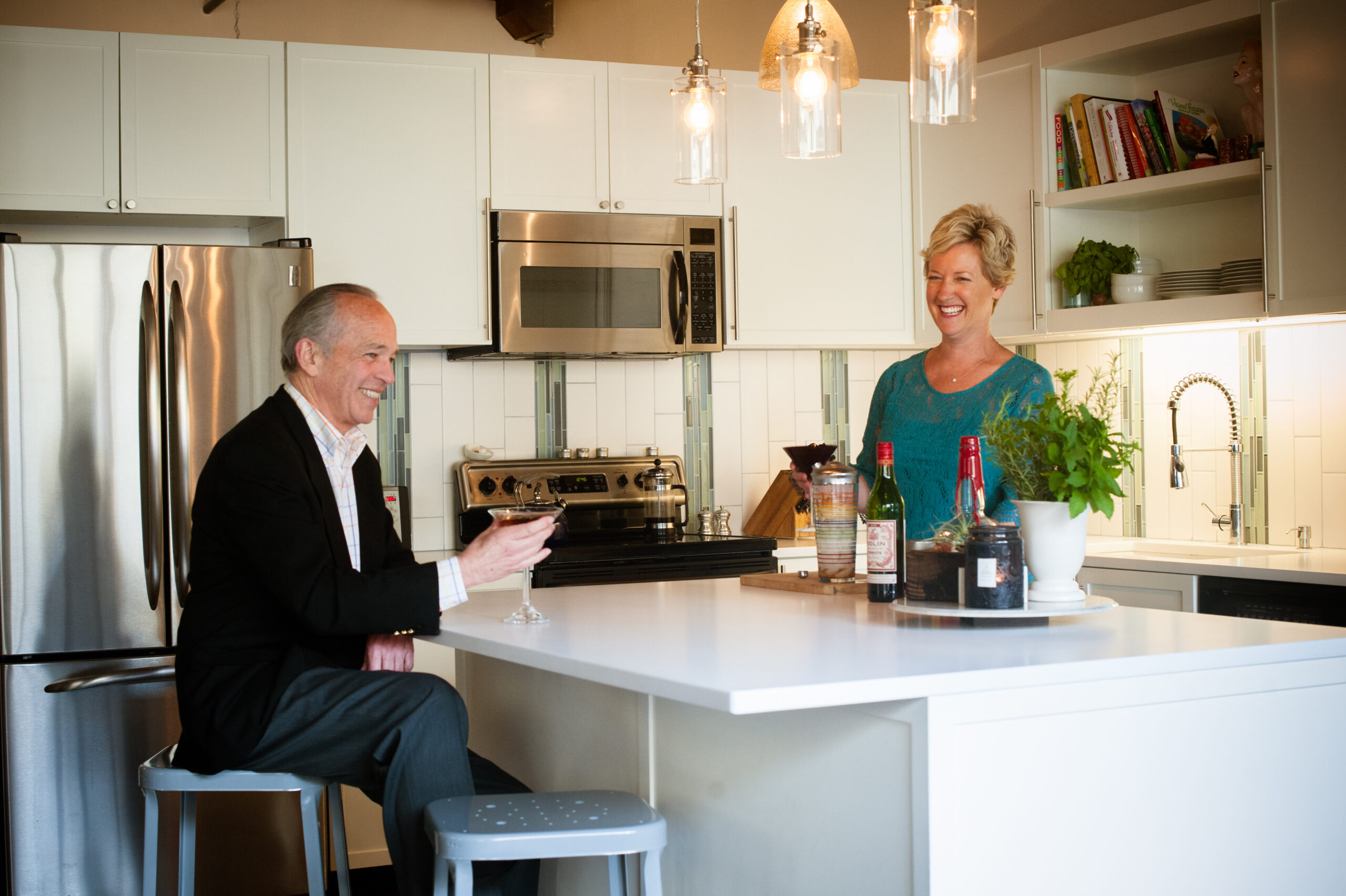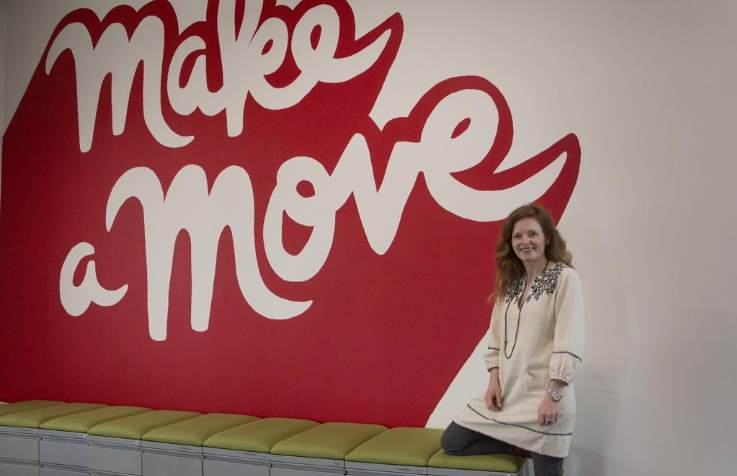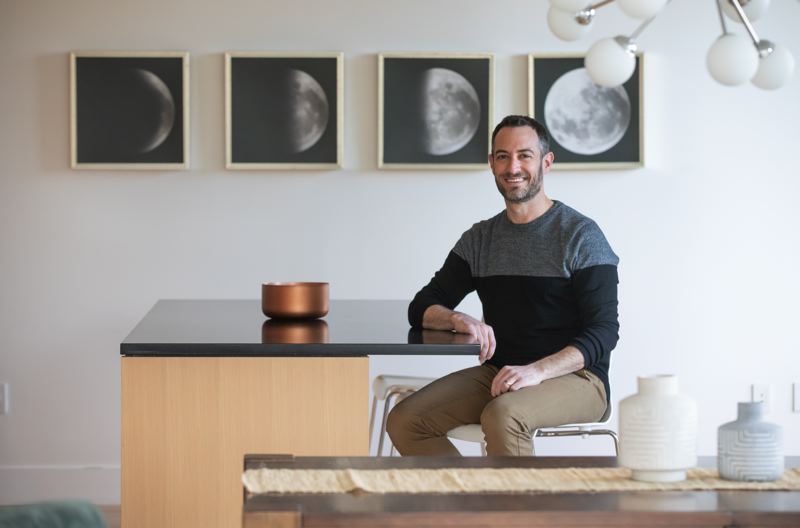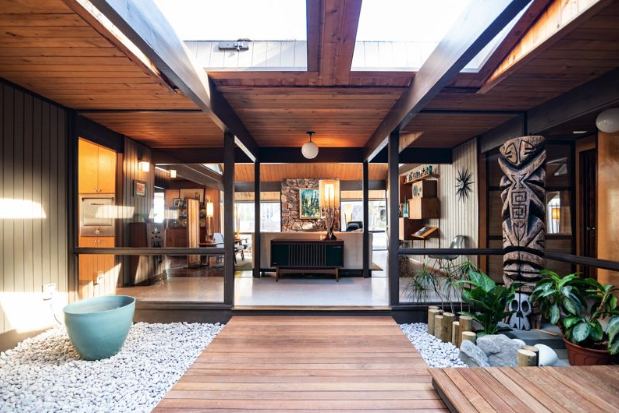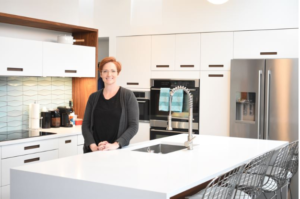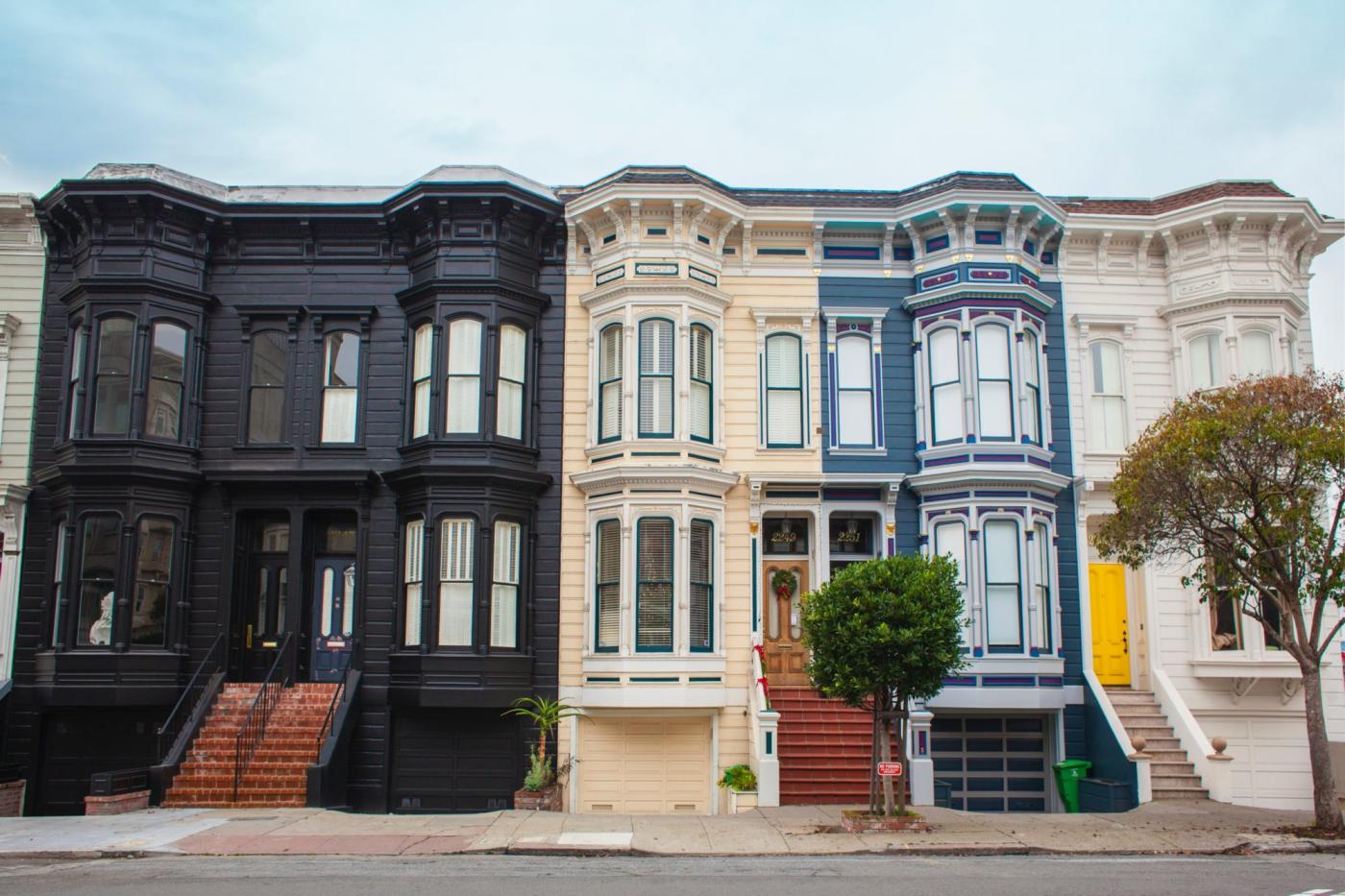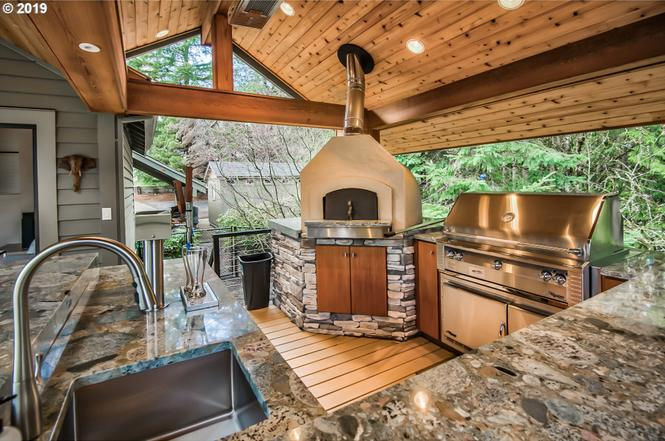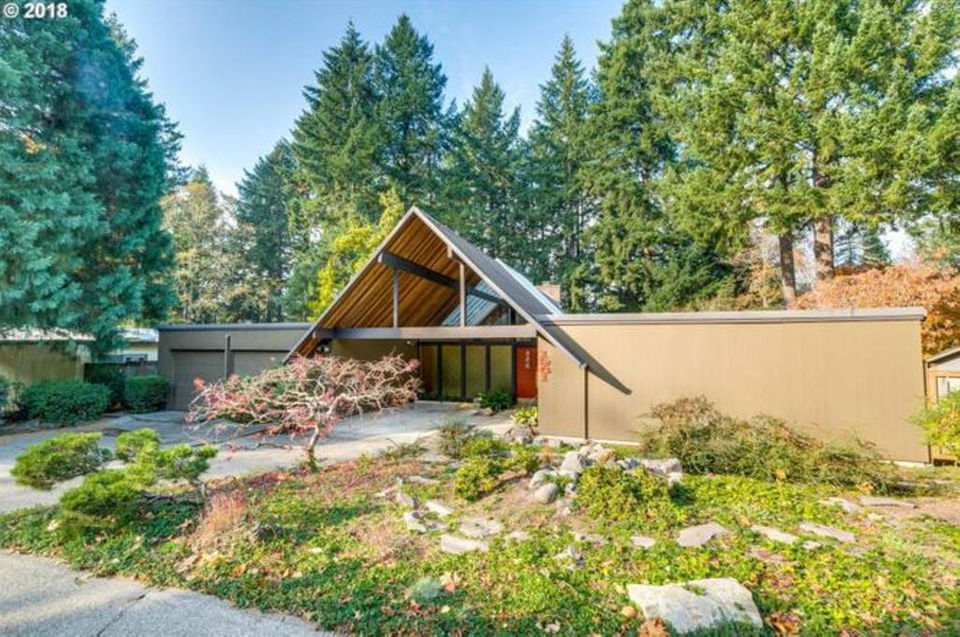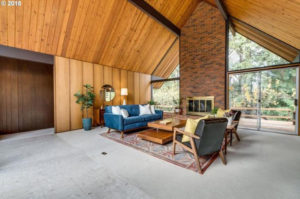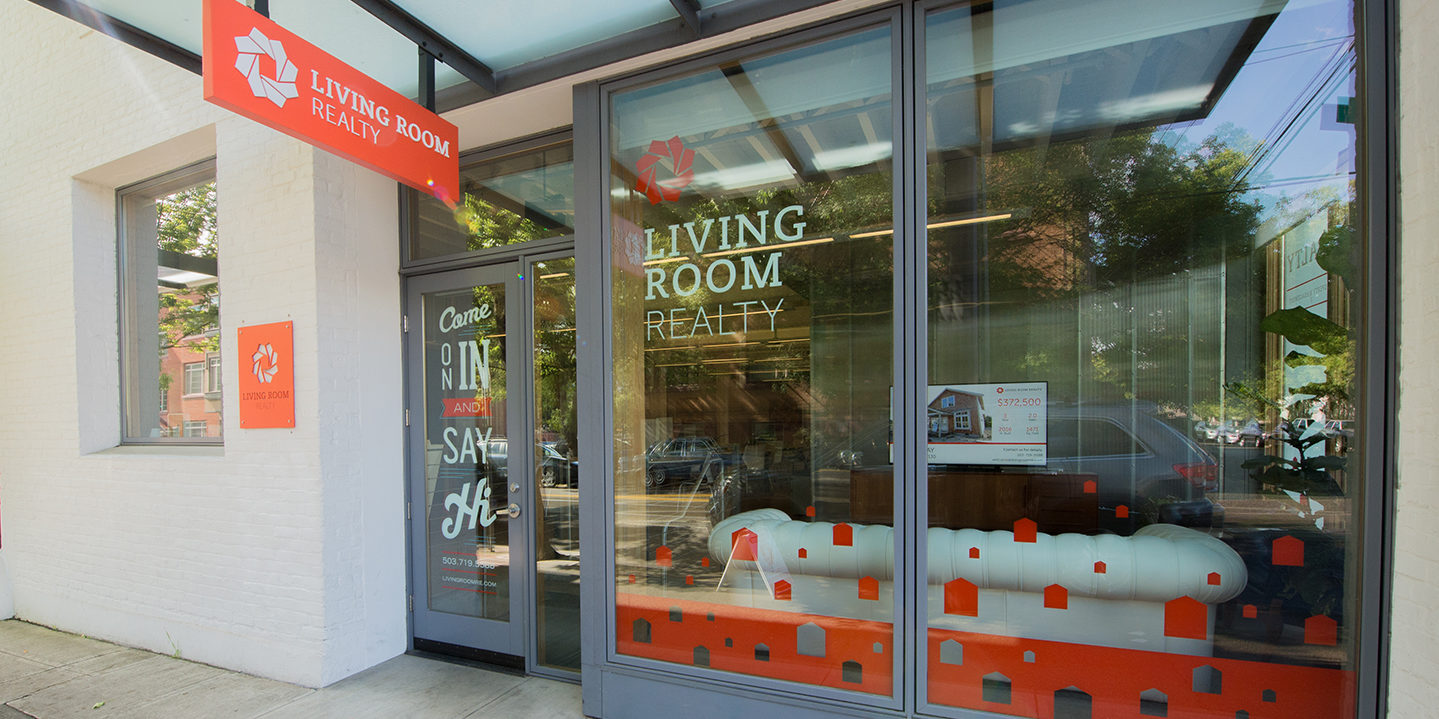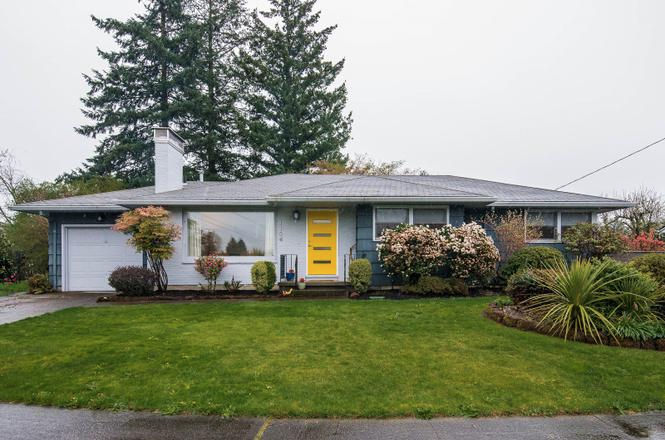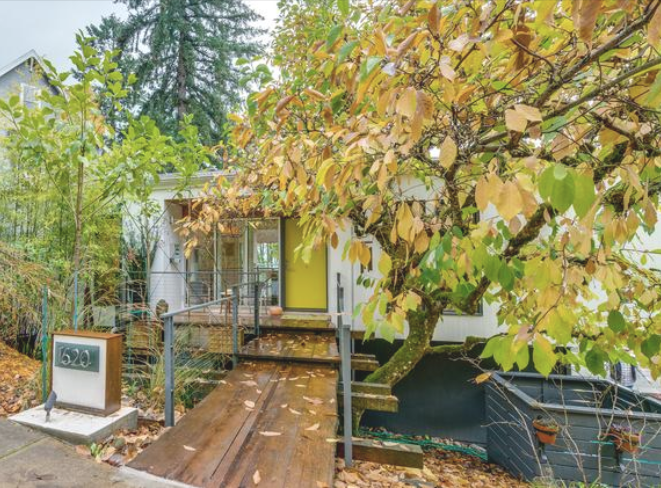Living Room Realty exemplifies how a business can be a force for good by giving back. As the founder and owner of Living Room Realty, Jenelle Etzel fosters a culture of giving among agents and staff. In fact, she built her business around it.
When she founded Living Room Realty in 2009 during the recession following the financial crisis, Etzel looked beyond candidates’ sales numbers when building her team, seeking shared values and selecting individuals driven by a sense of purpose.
“I made a big bet that people that have been involved in volunteering and giving back, when we came out of the recession, that they were going to be really successful,” Etzel said. “That bet paid off.”
That long-term view paid dividends. Living Room Realty is now one of the largest real estate companies in Oregon and is recognized for its charitable giving. The firm received a Corporate Philanthropy Award from Portland Business Journal in 2022.
Living Room’s certified B Corp status – and public pledge to donate 5% of profits to charity – demonstrates a commitment to high standards of social and environmental responsibility and transparency.
“When we succeed, that means that we can create even more opportunity to be generous with our community,” Etzel says.
Each fall the company rallies agents, staff and community to collect coat donations to support local charity Impact Northwest. They’ve donated more than 800 coats since this program began.
And the company’s commitment to intentional giving is reflected in the company’s two charitable funds.
The Loving Room Fund receives a percentage of agents’ commissions, and agents collectively decide which nonprofits to fund. Through the fund, agents have donated thousands of dollars to charity.
To establish a separate charitable fund to receive a percentage of Living Room Realty annual profits, Etzel worked with Oregon Community Foundation to create a corporate donor advised fund. Etzel empowers employees to support nonprofits and causes with grants from the fund.
“I have my own things that are near and dear to my heart, but I’m one of 25 people on staff here. I have to step aside and really listen to what’s important to my staff. I have, in effect, turned it over to them,” Etzel said.
“The staff has shown me that they deeply care about the people who live here. They’ve focused on organizations that create more opportunities for children and marginalized communities. They want everybody in our community to feel the same abundance, hope and optimism that we do here.”
Etzel describes the partnership with Oregon Community Foundation as a way to make the company’s giving more effective.
“They have allowed us to give with more educated choices. Knowing the things we care about, they help guide us to make a bigger impact,” Etzel said. “I’ve learned a lot working with Oregon Community Foundation. One thing is how deep the need is here in Oregon, especially for children.”
Etzel said she has often been surprised by the research findings provided by Oregon Community Foundation, such as learning the detrimental effects of poor childhood dental health on academic achievement.
“I don’t feel like I’m guessing, or I’m coming in to feel good or be the hero,” she said. “I feel like I am wisely using my resources to have the greatest impact. Those resources have come from my agents and the community. Oregon Community Foundation makes me feel confident that I’m a good steward of those dollars.”
Through engaged agents and employees, charitable funds and a culture of giving, Living Room Realty shows that business can be a powerful tool for creating a better world. The company’s commitment is a reminder to us all that when we focus on making a difference, communities benefit.
Oregon Community Foundation (OCF) works with donors and volunteers to award grants and scholarships to every county in Oregon. With OCF, individuals, families, businesses and organizations create charitable funds that meet the needs of diverse communities statewide. Since its founding in 1973, OCF has distributed more than $2 billion toward advancing its mission to improve lives for all Oregonians. For more information, please visit oregoncf.org.
Read the full article by the Oregon Community Foundation in the Portland Business Journal.


